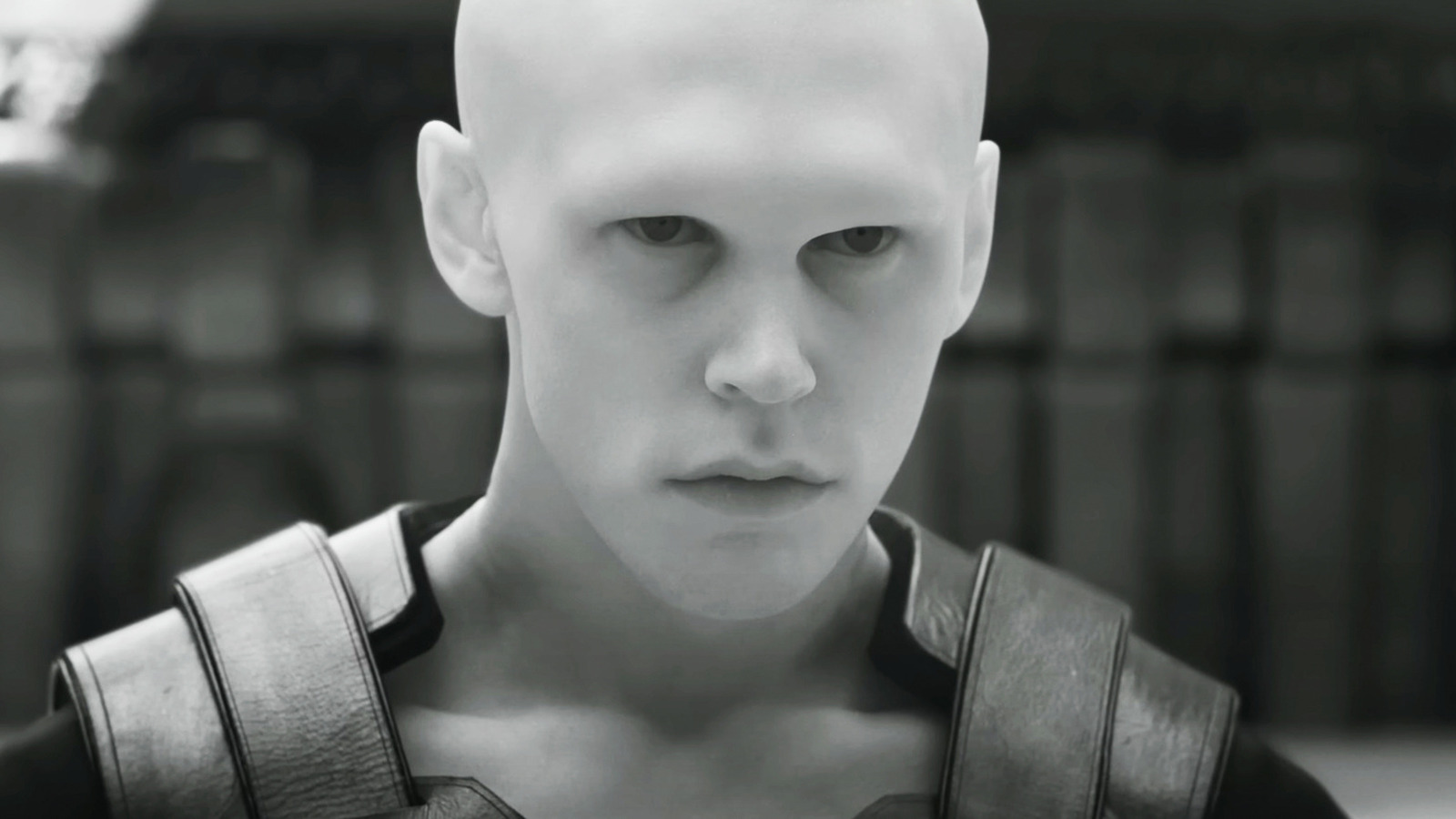Explore the World of Sustainable Living

In the epic undertaking of bringing “Dune” and “Dune: Part Two” to the big screen, director Denis Villeneuve faced a monumental challenge, much like the Baron in his quest to conquer Arrakis. Fortunately, Villeneuve had a dedicated team of collaborators, including cinematographer Greig Fraser, who played a crucial role in realizing the ambitious vision of the film.
Working closely with production designer Patrice Vermette, Fraser meticulously planned every aspect of the film, from scouting locations in the deserts of Abu Dhabi and Jordan to pre-visualizing shots using advanced technology like 3D Unreal Engine software, photogrammetry, drones, and ground lidar scanning. Every detail, including the perfect time of day to shoot in specific locations, was carefully considered to bring Villeneuve’s vision to life.
One of the standout sequences in the film is the Arena battle on the Harkonnen homeworld of Giedi Prime, set beneath a black sun. To capture the monochromatic environment described in Frank Herbert’s novel, Fraser made the bold decision to shoot the entire battle in black and white using infrared photography. This choice added an ominous and otherworldly quality to the scene, elevating the visual storytelling of the film.
From meticulously planned locations to innovative filming techniques, Villeneuve and his team went to great lengths to ensure that every aspect of “Dune: Part Two” was executed with precision and creativity. The result is a visually stunning and immersive cinematic experience that brings Herbert’s iconic novel to life on the big screen.







